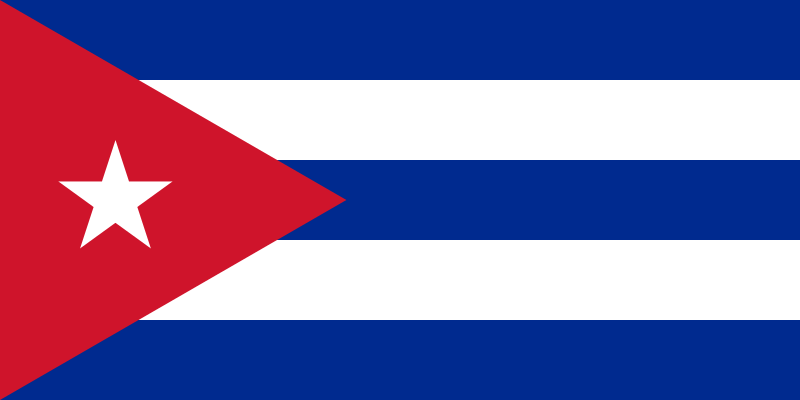Fidel Castro: great revolutionary leader
By Frieda Park
The 20th century was the time when the world was truly turned upside down, with socialist revolutions in countries stretching across the globe and made by people from diverse nations and cultures. Fidel Castro’s death robs us of the last great revolutionary leader of that period. He will be mourned not only by the Cuban people; by socialists and anti-imperialists world-wide, but by people across Latin America, the Caribbean, Africa, the Middle East and Asia. People who did not necessarily share all of his politics, but saw a third world country stand up to the United States and win militarily and morally. Fidel’s principled vision and political astuteness was at the heart of the development of the Cuban revolution.
He was born into a land-owning family in Oriente province in Cuba. His father was a Spanish immigrant and his mother Cuban. He was intellectually and athletically gifted. His 1945 school year book said of him “Distinguished student and a fine athlete. Very popular. Will study law and we have no doubt he will have a brilliant future.” Little did his Jesuit teachers realised just what form that brilliant future would take.
He did indeed go on to study law at Havana University which is where he got involved in politics. He initially joined the Unión Insurrecional Revolucionaria (Revolutionary Insurrectional Union) and in 1947 went on to be a founding member of the Partido del Pueblo Cubana (The Cuban People’s Party), becoming leader of its left-wing. In 1952 he ran as a candidate for the party, however, the election never took place because of Fulgencio Batista’s coup.
Moncada Barracks attack
The imposition of the dictatorship allowed the United States to continue to exploit Cuba as a play-ground for rich tourists and gangsters, while the Cuban people suffered terrible poverty and inequality. With democratic avenues closed, Fidel led plans for an armed insurrection. This culminated on the attack on the Moncada army barracks in Santiago de Cuba on 26th July 1953. The attack was a failure, with many of the rebels killed. Fidel himself narrowly escaped death and was put on trial. Found guilty and sentenced to 15 years imprisonment he made a speech from the dock in which he famously declared “History will absolve me”.
After a mass campaign he was released early in 1955. One of the characteristics that people who knew Fidel commented on was his resilience and energy. This was amply demonstrated at this time. Out of prison he travelled to Mexico to once more begin to plan for armed insurrection. There he enlisted the support of exiled veterans of the Spanish Civil War to help train his embryonic rebel force. It was also where he met Che Guevara who became part of the group of 82 who travelled to Cuba on the small craft Granma in December 1956.
This expedition also nearly ended in failure. The group were intercepted as they landed and the majority killed or captured, but a few, including Fidel, Che and other leaders of the revolution such as Raul Castro and Camilo Cienfuegos escaped into the hills of the Sierra Maestra where they re-grouped and began to build support among the peasantry, also developing links into the opposition in the city of Santiago de Cuba. The movement that was born was named after the failed attack on Moncada – the July 26th Movement. The guerrilla army grew and the movement won the support not only of the peasants, desperate for land reform, but also of the urban working-class. Only two years after the guerrilla war was launched, on January 1st 1959 Fidel swept into Havana at the head of the victorious rebel army. He was 32 years old, indeed he was one of the older leaders of the revolution most of whom were in their twenties. The energy he had applied to winning power he then, and for the next 60 years, applied to building and defending socialism in Cuba and opposing imperialism and oppression across the world.
He was known as a voracious reader, developing his ideas not only through engaging with the written word, but in conversation with a wide variety of people. His lengthy speeches were legendary. His friend, the Colombian writer Gabriel Garcia Marquez described arriving in Havana just after the rebels came to power when Fidel made his first address on television and radio. As people settled down to listen they did not realise that it would be seven hours long. Gradually they began to go about their daily lives, but with radios on everywhere it was possible to do that without missing any of the speech.[i] Fidel became the sound-track of the revolution. His contributions were often lengthy, not because they rambled, but because he had such a detailed grasp of any subject he had studied and a trenchant political analysis. Whatever the problem in any aspect of life in Cuba, Fidel developed an expertise. He travelled extensively across the island, keeping in touch with people in all walks of life. Even when ill-health forced him to give up formal power he continued to write an occasional newspaper column.
His personal life remained just that, his partners and children did not appear in public as political accessories. He actively opposed the cult of the personality and there are no statues, official portraits of Fidel or public places bearing his name anywhere in Cuba.
Success of the Revolution
There are those who wish to deny that the success of the Cuban revolution was founded in Marxism and that Fidel himself was not really a Marxist or a communist or that he only came to these ideas later – that his adoption of Marxism was pragmatic or forced on him by the need for alliance with the Soviet Union. Deliberately or naively they interpret the tactics adopted at different stages of the struggle as a change of principle by Fidel, but here is how he describes the process which took place in the early years of the revolution when they were pursuing national liberation and radical measures such as agrarian reform, rather than declaring socialism:
“If we had launched a socialist programme in those years it would have been a mistake; we wouldn’t have been effective revolutionaries or Marxist-Leninists. I think that we did what revolutionaries should do, because nobody should aspire to a program that is beyond what the objective conditions in a country allow. An ambitious revolutionary programme also requires the formation of the necessary subjective conditions, and that is what we did. I think we showed that we were conscientious revolutionaries who were mature enough to take the correct steps in each of those circumstances.”[ii]
“If you ask me for proof, I would say that the revolution itself is proof of this, because someone who did not have Marxist-Leninist training could not have interpreted Cuba’s events and could have drawn up a strategy for making the revolution.”[iii]
US invasion, terrorist attacks, blockade
The revolution earned the immediate hostility of the United States and Cuba endured the attempted invasion of the Bay of Pigs, terrorist attacks and the illegal blockade. Fidel himself was the subject of assassination attempts. Though some of them sound far-fetched they were nevertheless a real and serious threat. Fidel’s personal courage in times of war and peace was also an integral part of his revolutionary spirit.
The opposition of the United States made it easier and inevitable that Cuba would build close relationships with other socialist countries and the support of the Soviet Union enabled it to survive and develop its infrastructure. Cuba, whilst part of that socialist world, also became a leader of the Non-Aligned Movement, countries which were not socialist but had a desire for independence from neo-colonialism. The socialist countries and the Non-Aligned Movement were critical in the latter half of the 20th century in constraining imperialism’s ability to act. With the end of the Soviet Union and the weakening of the anti-imperialist forces we have seen the consequences as neo-liberalism and war ravage the planet. Cuba’s internationalism was practical as well as political. It gave military support to nations in Africa and was instrumental in the defeat of apartheid in Southern Africa. Whilst liberals in the West angst about human rights in Cuba – a Latin American country in which no one has been disappeared or extrajudicially murdered and in which people have the ability to live healthy lives and fulfil their potentials – Fidel is respected across Africa, Latin America and beyond as a symbol of liberation. One of the first things Nelson Mandela did on his release from prison was to travel to Cuba to meet with Fidel.
Though led by Marxists, Cuba’s revolution was not led by a traditional Communist Party. Whilst embracing the socialist world, Fidel and the Cubans had an analysis that referenced their own conditions from a principled position. Their revolution was an extension of the battles over centuries against slavery and colonialism. Fidel was unhappy at the way the Cuban Missile Crisis was handled by the Soviets when the final negotiations with the United States to resolve it were taken without reference to him. This independence of thought meant that Cuba saw that Gorbachev’s Perestroika would undermine socialism. When the rest of the socialist world collapsed Cuba carried on, now in the most difficult of circumstances. It survived, partly by making compromises that it would have otherwise found unpalatable such as the introduction of mass tourism and opening up to some capitalist investment. Fidel was clear, however, that these were compromises and did not present them as anything more positive than that.
Serving the Cuban people
The advent of a new wave of leftist governments across Latin America opened new possibilities for Cuba. Swapping medical and other expertise for oil with Venezuela helped the island emerge from the devastating effects of the end of the Soviet Union. Fidel had a particularly close relationship with Hugo Chavez the late President of Venezuela whose untimely death was a severe blow to the prospects for continued left advance on the continent. Cuba played a significant part in the foundation of ALBA the regional cooperation pact based on mutual support and sharing of resources. As the face of Latin America changed, so Cuba became less isolated and the US more so. This was one of the factors that led President Obama to re-establish diplomatic relations and to try to open up investment and tourism. The previous strategy of isolating Cuba had completely failed so they, at last, opted for engagement.
Right-wing forces, backed by the US have begun to have significant success in turning the tide of progress in the continent, so new and difficult challenges face Cuba, which has also embarked on a controversial programme of internal economic and social change. The election of Donald Trump as President of the United States marks a more hostile approach to Cuba, Mexico and other countries of the continent.
Ill-health forced Fidel into retirement in 2008, when Raul Castro took over. As he recovered, however, he began writing articles again for the press and appeared occasionally in public. He was wary of investing too much in Cuba’s rapprochement with the United States, saying that it needed nothing from that country.
Fidel Castro could have had a comfortable life as a well-off lawyer and a notable figure in Havana society. Instead he embraced socialism and brought his intellectual ability, courage and dynamism to the service of the Cuban people, its revolution and the oppressed peoples of the world. He led Cuba through every challenge where the revolution itself was under threat and remained principled and committed to the cause of socialism.
For those generations who did not live through the ferment of revolution, anti-fascist and anti-imperialist struggles of the 20th century his life is a reminder that revolutionary change is possible and that another world can be won.
Hasta la Victoria Siempre!
[i] An Encounter with Fidel, Gianni Mina – Ocean Press 1991 p11
[ii] Ibid p119
[iii] Ibid p116
Click here to subscribe to The Socialist Correspondent
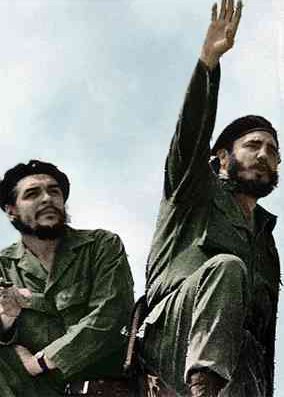
Fidel Castro with Che Guevara at the triumph of the revolution.
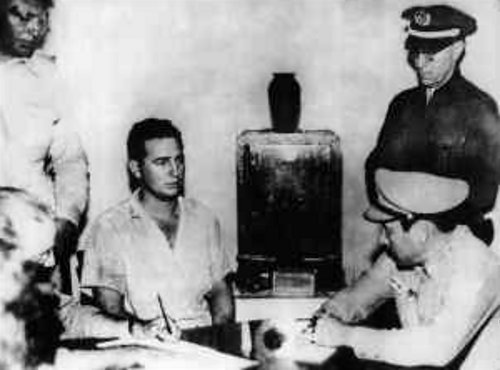
1953, Cuba: Castro under arrest after the Moncada barracks attack.
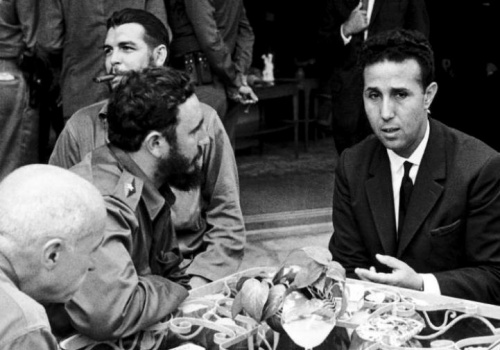
1962, Havana: Castro and Guevara with Ahmed Ben Bella, leader of the struggle for Algerian independence against French colonial rule.
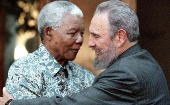
1994, Johannesburg: Castro with his friend Nelson Mandela at Mandela's Presidential inaurguration.
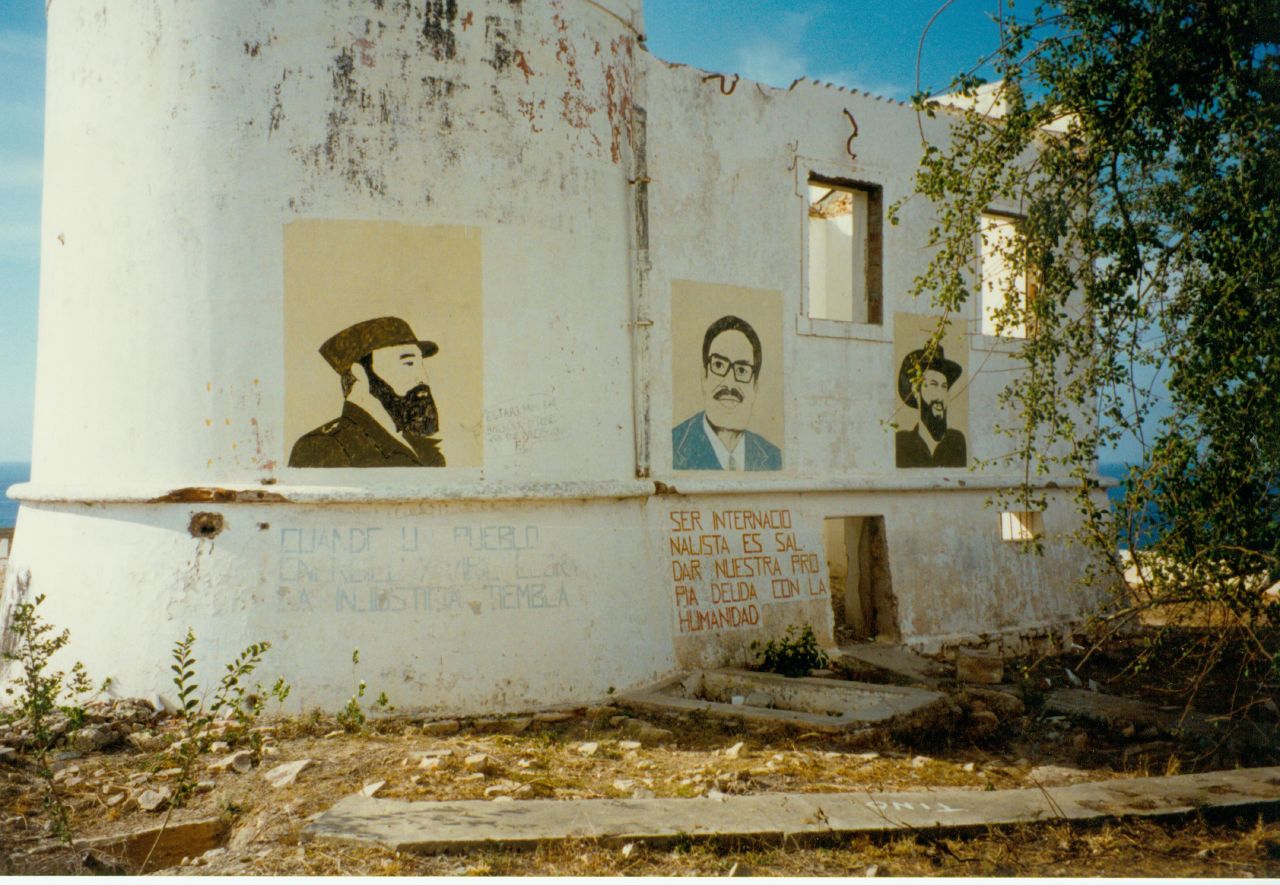
1995, Lobito, Angola: Castro's image painted on a wall.
